What is Hair Filler?
In response to the question “What is hair filler?”, it should be said that hair filler is a non-surgical cosmetic treatment designed to increase the volume and thickness of thinning hair. It is also known as a hair loss treatment, volumizing hair therapy, or scalp rejuvenation treatment. This procedure involves injecting a hyaluronic acid-based filler into the scalp to stimulate hair growth and improve hair density.
Hyaluronic acid is a natural substance in the body that helps retain moisture and repair tissue. In hair filler treatment, the hyaluronic acid filler is injected directly into the scalp, where it acts as a moisturizer and stimulates collagen production. This, in turn, can improve blood circulation in the scalp and support the growth of healthy hair.
Hair filler treatment can be used to address various types of hair loss, including androgenetic alopecia, telogen effluvium, and alopecia areata. It can also be used to enhance the appearance of thinning hair, add volume to fine strands, and conceal scars or bald spots on the scalp.
If you’re struggling with hair loss, you’re not alone. Millions of people around the world experience hair loss for various reasons, such as genetics, hormonal changes, medical conditions, and lifestyle factors. Hair loss can affect your confidence and self-esteem. If you’re experiencing hair loss but haven’t yet reached the stage of needing a hair transplant, don’t worry. Fortunately, several treatment options are available to help restore the volume and thickness of your hair. One such treatment is hair filler, also known as hair thickening injection.
How is Hair Filler Injected?
The hair filler injection process is carried out carefully and with safety considerations in mind. First, the treatment area is numbed using a topical anesthetic cream to ensure the patient does not feel discomfort during the procedure. Then, the doctor thoroughly disinfects the scalp before starting the injections to prevent any risk of infection.
Once prepared, the hair filler is injected into different areas of the scalp using a subcutaneous needle. This needle is specifically designed to ensure that the injection is made to the proper depth and evenly distributed. During and after the injection, the doctor gently massages the patient’s scalp to help the substance spread evenly and prevent buildup in a specific area. This massage technique enhances the treatment results and supports faster improvement in the hair condition.
Hair Filler Ingredients
Hair fillers contain a variety of ingredients, including:
- Keratin: Keratin is a natural protein found in the structure of hair. When injected into the scalp, it protects the hair and is used to strengthen and treat hair fibers.
- Hyaluronic Acid: Hyaluronic acid is also naturally produced by the skin and helps protect it against damage or aging effects. This substance is commonly used as a filler for cheeks, lips, and facial skin. Due to its high water retention capacity, it helps keep hair moisturized for a longer time.
- Argan Oil: Derived from argan trees, this oil is highly effective in moisturizing and nourishing the hair, contributing significantly to its health and shine.
- Xantalin: Xantalin is beneficial for strengthening hair strands and softening the hair fibers.
How Does Hair Filler Work?
Before explaining how hair filler works, it’s important to note that the hyaluronic acid filler used in this treatment is designed to mimic the body’s natural hyaluronic acid, making it a safe and effective option for most people. The filler is injected into the scalp using a very fine needle, which minimizes discomfort and reduces the risk of scarring or damage to surrounding tissues.
The amount and location of the filler injections depend on the individual’s hair loss condition and the desired outcome. For instance, if the goal is to improve the appearance of thinning hair, the filler may be injected into areas where hair is thinning to enhance volume and density. If the goal is to conceal scars or bald patches on the scalp, the filler can be injected into those areas to create a smoother and more even appearance.
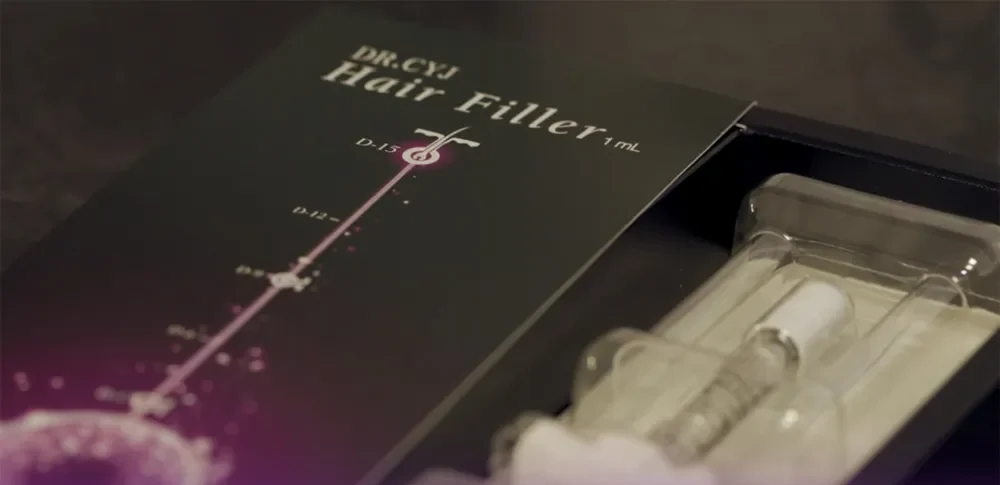
Hair Filler Treatment Duration
Hair filler treatment typically takes around 30 minutes and is performed on an outpatient basis. It is a relatively painless procedure, and most patients can return to their normal activities immediately after the treatment. The results of hair filler treatment usually become visible within a few weeks and can last up to six months or longer, depending on the individual.
Benefits of Hair Filler
Hair filler treatment offers several advantages. Common benefits include:
-
Improved Hair Density: Hair filler can enhance hair density by adding volume to areas of the scalp that are thinning or balding. This can result in fuller and more youthful-looking hair.
-
Reduced Hair Loss: Hair filler can help reduce hair loss by improving blood circulation in the scalp and stimulating hair growth.
-
Natural Results: Since the filler used is designed to mimic the body’s natural hyaluronic acid, the results tend to look very natural and subtle.
-
Non-Surgical: Hair filler is a non-surgical treatment, meaning there are no incisions, stitches, or scars involved. This makes it a safe and minimally invasive option for individuals who may not be suitable candidates for more invasive hair restoration procedures.
-
Quick and Easy: The treatment is quick and straightforward, typically completed in about 30 minutes. Most patients can resume their usual activities immediately afterward.
-
Long-Lasting Results: While the results of hair filler may not be permanent, they can last up to six months or longer depending on the individual. This allows patients to enjoy the benefits for an extended period before needing a touch-up.
Hair filler treatment can be an effective option for individuals looking to improve the appearance of thinning hair or bald spots on the scalp. With its natural results, non-surgical approach, and long-term benefits, hair filler can help boost confidence and self-esteem in those struggling with hair loss.
Benefits of Hair Filler for Individuals with Thin Hair
The benefits of using hair filler include the potential for anyone suffering from hair loss or baldness to take advantage of this technique, as it addresses the root cause of the issue. Hair filler works by targeting the cells within the hair follicles and enriching them with the nutrients needed to produce healthy hair. Key benefits include:
-
Safety of the products used
-
Natural composition of the ingredients
-
Visible results in reducing hair loss
-
Long-lasting effects of the technique
-
Thickening and volumizing of hair in a relatively short period
-
Does not interfere with hair coloring, especially for women undergoing treatment
Disadvantages of Hair Filler
Like any medical procedure, hair filler treatment comes with potential risks. While these risks are generally rare, it’s important to be aware of them beforehand. Some of the disadvantages include:
-
Allergic Reaction: While the hair filler is made from a synthetic form of hyaluronic acid, there is still a risk of allergic reactions in some individuals. Symptoms may include swelling, redness, and itching at the injection site.
-
Infection: Any time the skin is punctured, there is a risk of infection. Although the risk is low with hair filler treatment, it is crucial to follow all post-treatment instructions carefully to minimize this risk.
-
Nerve Damage: In rare cases, hair filler treatment may cause nerve damage in the scalp, resulting in numbness or a tingling sensation.
-
Uneven Results: While hair filler is generally effective in adding volume and improving the appearance of thinning hair, there is a risk of uneven results. This may occur if the filler is not injected properly or if it migrates after injection.
-
Bruising or Swelling: Like any injectable treatment, hair filler can cause bruising or swelling at the injection site. This is usually temporary and should subside within a few days.
-
Hair Shedding: In rare cases, hair filler treatment may actually lead to hair shedding. This is usually the result of the needle traumatizing the hair follicles during the injection process.
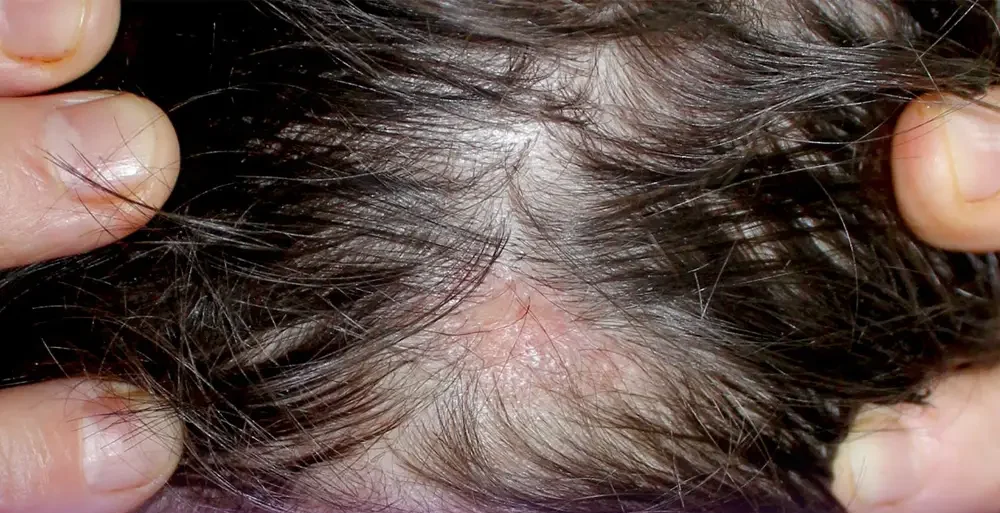
Before Undergoing Hair Filler Treatment
Before undergoing hair filler treatment, it is important to discuss any potential risks with your healthcare provider. By working with an experienced and qualified professional, you can minimize the risk of complications and achieve the best possible results.
Who Can Benefit from Hair Fillers?
Hair filler is generally recommended for individuals experiencing hair thinning or hair loss due to aging, genetics, or other factors. Ideal candidates for hair filler treatment may include:
-
People with Thinning Hair: Hair filler adds volume and thickness to thinning areas, making it a great option for those with mild to moderate hair loss.
-
Age-Related Hair Loss: As we age, hair naturally becomes thinner and more brittle. Hair filler can help restore volume and improve the overall appearance of aging hair.
-
Genetic Hair Loss: Individuals suffering from genetic hair loss (like male or female pattern baldness) may find that hair fillers improve the look of thinning areas where traditional treatments fall short.
-
Those Who Aren’t Good Candidates for Hair Transplants: If a person doesn’t have enough donor hair or cannot undergo surgery, hair filler offers a non-surgical alternative.
-
Those Avoiding Hair Transplant Downtime: Hair transplant surgery requires significant recovery time. Hair filler is a minimally invasive method with no downtime, making it ideal for those who want to avoid the discomfort of surgery.
However, hair filler may not be suitable for everyone. Your healthcare provider will evaluate your individual needs and goals to determine whether this treatment is right for you.
Who is a Good Candidate for Hair Filler?
Thick and voluminous hair plays a significant role in a person’s overall appearance and self-esteem. Candidates who benefit the most from hair filler typically include:
-
Individuals wanting to overcome thinning and baldness and regain lost confidence.
-
Men suffering from male pattern baldness.
-
Men and women experiencing early hair loss due to hereditary factors.
-
People looking to delay hair thinning caused by aging.
How to Prepare for Hair Filler Treatment
Proper preparation helps ensure the best results and reduces potential risks. Here are key steps to follow before undergoing a hair filler procedure:
-
Consult a Qualified Provider: Always consult a certified healthcare provider experienced in hair filler treatments to assess your specific needs.
-
Discuss Medications and Medical History: Inform your provider about any medications you take—including over-the-counter supplements or herbal remedies—as well as any medical conditions you have.
-
Avoid Blood-Thinning Medications: Medications like aspirin or ibuprofen can increase bleeding risks. Your provider may advise stopping them a few days before treatment.
-
Avoid Alcohol and Caffeine: Stay away from alcohol and caffeine for at least 24 hours before the procedure, as they may dehydrate the body and raise complication risks.
-
Arrive with Clean Hair: Make sure your scalp and hair are clean and dry. Avoid using styling products or oils, which could interfere with the treatment.
-
Follow Aftercare Instructions: Your provider will give specific post-treatment instructions. Following them carefully ensures optimal results and quicker recovery.
How Does Hair Filler Work?
Here’s how the hair filler procedure typically works:
-
Numbing the Area: The doctor applies a local anesthetic to the injection sites to minimize discomfort.
-
Microinjection: Using fine microneedles, the hair filler mixture is gently injected into the scalp.
-
Multiple Sessions: For optimal results, several sessions may be recommended depending on the size and severity of the affected area.
This method is especially effective for individuals experiencing hair loss or male pattern baldness. Starting treatment early can delay further hair loss and improve hair density, significantly reducing visible baldness.
Hair Filler & Age-Related Hair Loss
Age-related hair loss is a natural, unavoidable process. As we get older, hair follicles lose their ability to produce strong, thick strands. Hair becomes thinner and weaker until it sheds more easily. Hair filler helps delay these effects by:
-
Nourishing the Scalp: It activates the cells inside the hair follicles to produce stronger and healthier hair.
-
Enhancing Blood Circulation: Improved blood flow ensures hair strands receive essential proteins and nutrients, making the treatment’s results longer-lasting.
Overall, this non-surgical solution is both effective and convenient for those seeking a reliable method to combat hair thinning without major downtime or invasive procedures.
Post Hair Filler Care
After undergoing hair filler treatment, proper care of the scalp and hair is essential to ensure the best possible results and minimize any risks. Here are a few tips for aftercare and recovery following a hair filler procedure:
-
Avoid touching or scratching your scalp for at least 24 hours after the procedure to prevent disturbing the treated area.
-
Refrain from washing your hair or using any styling products for at least 24 hours. Your provider may give you specific instructions on when you can resume your regular hair washing and styling routine.
-
Avoid intense physical activities or exercises that may cause sweating for at least 24 hours after the procedure.
-
Use a gentle shampoo and conditioner when washing your hair after the treatment. Avoid using any harsh chemicals or styling products that may irritate the scalp.
-
Stay out of direct sunlight or tanning beds for at least one week after the procedure. If necessary, wear a hat or apply sunscreen to the scalp when outdoors.
-
Attend all follow-up appointments with your provider to ensure the treatment is healing correctly and to achieve your desired results.
If you experience any unusual symptoms or side effects such as severe pain, bleeding, or swelling, contact your provider immediately.
How to Sleep After Hair Filler Injections
After hair filler injections, following certain sleeping positions can improve treatment outcomes and help prevent complications. The best sleeping position during this time is lying on your back. This helps reduce direct pressure on the injected areas and prevents displacement of the product.
Using two pillows under your head is also recommended. This elevates your head relative to your body, helping to reduce swelling and speed up the recovery process. In this position, blood flow to the hair follicles is better regulated, which is essential for the health and growth of new hair.
Hair filler is recognized as an effective method for stopping hair loss, as it strengthens the hair roots and improves follicle health, helping reduce hair shedding and stimulate new growth. Therefore, sleeping on your back and following hygiene guidelines can help achieve optimal and long-lasting results from this treatment.
Hair Filler Longevity
The longevity of hair filler can vary depending on the individual and the specific product used. Generally, hair fillers can last from 6 to 12 months or even longer. Some patients may need touch-up treatments every few months to maintain their desired results, while others may experience long-term improvement from a single session.
The duration of hair filler results depends on several factors, including the product used, the number of treatments performed, and the individual’s hair type and growth rate. To maximize the longevity of the results, it’s important to follow post-treatment care instructions and avoid harsh chemicals or treatments that may damage the scalp or hair.
Difference Between Hair Filler and Mesotherapy
To understand the difference between hair filler and mesotherapy, it’s important to define each technique.
Hair Filler is a modern method for treating hair loss. It involves injecting a ready-made syringe containing peptides and hyaluronic acid (HA) into the scalp to stimulate and grow hair follicles. This method has become one of the most popular global techniques for hair restoration and rejuvenation.
Hair filler essentially injects a blend of nutrients and essential proteins into the scalp, nourishing hair follicles with the elements they need to produce thicker and healthier strands, thus promoting hair growth.
In addition to accelerating hair growth, this technique improves blood circulation in the treated area, further stimulating the production of new follicles in the scalp. Enhanced blood circulation ensures that the hair-producing cells receive the necessary nutrients for maintaining healthy hair growth.
Mesotherapy, on the other hand, is another method of strengthening hair follicles by injecting a mixture of vitamins, enzymes, amino acids, and other ingredients depending on the patient’s condition and the doctor’s diagnosis. One key difference is that hair filler tends to show faster effects than mesotherapy.
Which Is Better: Hair Filler or Hair Mesotherapy?
Choosing between hair filler and mesotherapy depends on your specific preferences, needs, and hair concerns. There is no one-size-fits-all answer, but here are some comparisons to consider:
Hair Filler:
-
Immediate Results: Provides instant volume and thickness to the hair.
-
Temporary Solution: Offers a short-term fix that can be washed out with regular shampoo.
-
Camouflage: Effectively covers thinning areas or visible scalp, giving a fuller appearance.
-
Ease of Use: User-friendly and can be applied at home without professional help.
-
Cosmetic Boost: Primarily focuses on enhancing the appearance by adding volume and density.
Hair Mesotherapy:
-
Targets Underlying Causes: Addresses the root causes of hair loss such as nutrient deficiency, hormonal imbalance, or poor scalp circulation.
-
Stimulates Hair Growth: Involves injecting a cocktail of vitamins, minerals, and other ingredients into the scalp to boost growth and improve hair health.
-
Long-term Results: Offers more sustainable results compared to hair fillers by treating underlying conditions.
-
Customized Treatment: Can be tailored to each individual’s needs and target specific areas.
-
Requires Professional Administration: Should be performed by a trained healthcare professional to ensure correct technique and minimize risks.
The effectiveness of both treatments varies based on individual cases and concerns. Consulting with a qualified hair specialist or healthcare provider can help determine which option is more suitable based on your unique situation. They can assess your hair condition, discuss treatment goals, and offer personalized recommendations.
Ingredients in Hair Filler
The ingredients in hair fillers vary by brand and product type, but most contain a combination of hyaluronic acid, amino acids, vitamins, minerals, and peptides. Hyaluronic acid is a natural substance in the body that helps hydrate and plump the skin and hair, while amino acids and peptides serve as building blocks for follicle growth and repair.
Some hair filler products may also include ingredients like collagen or stem cells, which are believed to promote hair growth and improve the overall health of the scalp. It’s essential to discuss the specific ingredients and potential risks and benefits with your provider before undergoing the treatment to ensure it is safe and suitable for your needs.
How Does Hair Filler Work?
To regrow hair, it is essential to regulate the genes and proteins responsible for hair growth. Hair filler contains seven patented peptides. Each peptide has been tested in various lab settings and has shown positive effects on the hair growth and loss process. Hair filler boosts blood circulation in the scalp and helps revive the follicles, promoting new hair growth.
How Is Hair Filler Administered?
Hair filler is injected into the scalp using a syringe with a very fine needle. Immediately after injection, the active ingredients are released and begin to strengthen the cells in the skin and hair. This ensures the health of the treated area and stops abnormal hair loss. The filler enhances hair vitality and strength.
By rejuvenating the scalp cells, blood circulation improves, delivering essential nutrients to the follicles. As a result, the follicles are stimulated and hair growth speeds up.
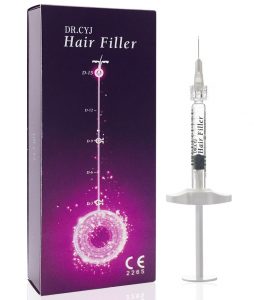
Key Functions of Hair Filler
Stimulating Hair Growth: Hair filler can regenerate hair growth in the anagen (growth) phase by enhancing the function of beta-catenin and activating stem cells. In other words, it stimulates genes that positively trigger hair growth.
Preventing Alopecia: Hair filler protects the scalp from alopecia by inhibiting the main causes of hair loss.
Antioxidant Properties: Hair filler can help combat alopecia caused by UV rays, stress, and other external factors.
Angiogenesis Stimulation: By delivering nutrients to the hair roots, hair filler can aid in the production of new hair follicles.
How Long Does the Effect of Hair Filler Last?
The effects of hair filler treatment vary from person to person but can generally be noticeable for up to one year. During and after this period, treatment can be repeated as needed. Additionally, using strengthening hair cocktails after the procedure is recommended to help enhance the long-term effect of the filler.
Effects of Hair Filler
After the first session of hair filler treatment, it is expected that hair loss in the treated area will be controlled. Subsequent sessions stimulate blood circulation and rejuvenate hair follicles, thereby accelerating the regrowth of thicker, healthier, and more vital hair.
Is Hair Filler Injection Painful?
Hair filler injections are not more painful than other types of injections. Some patients may experience sensitivity in certain areas of the scalp. Generally, anesthesia is not required. However, if desired, a topical numbing gel can be used upon consultation with the doctor. During the procedure, the doctor may also perform gentle and firm massage over the injected spots to reduce any discomfort.
Number of Hair Filler Injection Sessions
Hair filler injections vary depending on the individual and the specific hair condition. As a result, different people may respond differently to the same treatment plan. Your doctor will be able to recommend the appropriate number of sessions for you.
-
Standard Hair Filler Injection Protocol: 1 injection every two weeks for 8 weeks (total of 4 sessions)
-
Advanced Hair Filler Treatment for Severe Cases: 1 injection every two weeks for 8 weeks (total of 4 sessions), followed by 1 monthly maintenance session for 3–6 months.
Who Should Avoid Hair Filler Injections?
-
Individuals allergic to hyaluronic acid
-
Women who are pregnant or breastfeeding
-
Individuals taking anticoagulant or blood-thinning medications
-
People with immune system disorders
-
Individuals with scalp inflammation
Who Can Benefit from Hair Filler Injections?
-
Those suffering from any form of non-scarring hair loss
-
Individuals of any age with thin or generally weak hair
-
People experiencing excessive hair shedding
-
Those who want to increase the survival rate of hair transplants
-
Patients seeking enhanced results by combining it with other hair treatments
Benefits of Hair Filler
-
Reduces hair loss
-
Stimulates hair growth
-
Increases hair density and thickness
-
Revitalizes hair follicles
-
Enhances blood circulation and hydration in the scalp
Possible Side Effects of Hair Fillers
Redness, swelling, edema, hematoma, itching, and mild pain at the injection site may occur after treatment and generally subside within 72 hours. Allergic reactions to any of the ingredients may also be a side effect of hair fillers. The potential risks of these side effects are explained to the patient by the physician. Any side effects beyond what has been mentioned, or those that last longer than one week, should be reported to the doctor by the patient.
Is Hair Filler Injection Harmful During Pregnancy or Breastfeeding?
Hair filler injection during pregnancy and breastfeeding should be done with caution and under medical supervision, as there is insufficient research regarding its safety during these periods. Due to hormonal and immune system changes during pregnancy, it is best to avoid unnecessary treatments, as some components in the fillers may potentially affect the fetus. Likewise, during breastfeeding, there is a risk that substances could transfer to the infant through breast milk. Therefore, consulting a specialist doctor before any medical intervention is highly important.
How to Identify Original vs. Fake Hair Fillers
Determining the authenticity of hair fillers is essential for ensuring their effectiveness and safety. Due to the rise of counterfeit beauty products, knowing how to distinguish genuine hair fillers can help avoid purchasing low-quality items. Here are some important tips for checking product authenticity:
-
Purchase from reputable clinics and certified physicians: The most reliable way to ensure authenticity is to buy from professional medical clinics that source their products from official suppliers. Avoid purchasing from unknown online stores or unauthorized sellers.
-
Brand credibility and product authenticity: Trusted brands undergo strict quality controls and often have national and international certifications. Always check the product’s serial number, authenticity seal, and manufacturing date. Well-known brands are less likely to be counterfeited.
-
Packaging and labeling: Original products typically come with sealed packaging and tamper-proof seals. Pay attention to holograms, batch numbers, and expiration dates. Any discrepancies in packaging or labeling may indicate a counterfeit product.
-
Physical characteristics of the product: Authentic hair fillers are usually transparent and provided in sterile glass syringes. Counterfeit products may vary in color or consistency. Genuine fillers have low viscosity and uniform texture, while fake ones may contain particles or unstable concentrations.
-
Price difference: Due to their quality and production process, original products have standard pricing. Unusually low prices often suggest counterfeit or substandard products.
-
Suspicious side effects: When used properly, genuine hair fillers rarely cause adverse effects. If using a counterfeit product, unexpected reactions or sensitivities may occur. In such cases, consult your doctor immediately.
How Much Does Hair Filler Cost?
The cost of hair filler depends on various factors and can vary based on individual conditions. Hair type, level of damage, and scalp requirements are all evaluated by the specialist before deciding on a treatment plan.
Due to the imported nature of most fillers and fluctuations in exchange rates, prices may vary. Personal needs and the number of sessions required also influence the final cost. For accurate pricing and information, a medical consultation is recommended.
Factors Affecting the Price of Hair Fillers
Several factors impact the cost of hair fillers, including:
-
Type and brand of filler (high-quality and well-known brands tend to cost more)
-
The amount of product needed (based on hair/scalp condition)
-
Number of treatment sessions required
-
Severity of hair loss or scalp condition
-
Market currency fluctuations (since most fillers are imported)
-
Clinic location and offered services
-
Experience and expertise of the treating doctor
-
Post-treatment care and any side effect management
Consulting with a qualified physician helps determine the exact cost and best options based on personal needs.
Top Hair Filler Brands
Hair fillers are one of the most effective innovations in treating hair loss and strengthening hair. Among them, the CYJ Hair Filler is recognized globally as one of the best.
CYJ Hair Filler
CYJ Hair Filler is a leading product known for its high quality and effective formulation. It contains nourishing ingredients and hyaluronic acid that help deeply moisturize and nourish the hair. Hyaluronic acid attracts and retains moisture in the hair, increasing volume and strand thickness.
It is particularly suitable for individuals with hair loss or weak hair. CYJ strengthens hair follicles and helps prevent hair fall. One of its main advantages is the fast and long-lasting results that appear shortly after use.
Additionally, it can be used as a complementary treatment post-hair transplant to support healing and hair growth. Thanks to its non-surgical formulation and minimal recovery time, CYJ Hair Filler is a reliable option for anyone looking to improve their hair’s quality and health.
Benefits of Hair Filler Therapy
Hair filler therapy is a modern, non-invasive solution for individuals aiming to enhance their hair’s quality, volume, and health. Key benefits include:
-
Thicker hair appearance: Hair fillers increase strand thickness, making hair look fuller.
-
Strengthening and thickening: Nutrients and minerals in fillers strengthen and thicken hair strands, reducing breakage.
-
Increased hair volume: Fuller strands contribute to an overall volumized look.
-
Hair loss prevention: Strengthening follicles and improving blood flow helps reduce shedding.
-
Improved hair health: Moisturizing and nourishing ingredients make hair softer, shinier, and healthier.
-
Suitable for all hair types: Works for dry, oily, curly, or straight hair.
-
No surgery required: A non-invasive method without surgical risks.
-
Fast and lasting results: Noticeable improvements after a few sessions, with effects lasting for several months.
Effects of Hair Fillers on Hair Roots
Hair fillers have a significant impact on the roots, especially for those struggling with thinning and hair loss. Effects include:
-
Follicle strengthening: Fillers nourish and fortify hair follicles, leading to healthier and stronger hair growth.
-
Improved scalp blood flow: Better circulation means more oxygen and nutrients for follicles.
-
Reduced inflammation: Their anti-inflammatory properties soothe the scalp and create a better environment for hair growth.
-
Faster healing: Stimulate repair processes, especially beneficial after hair transplants.
-
Increased hair resilience: Stronger roots help hair resist environmental and chemical damage.
Hair Fillers for Men
Hair loss in men is often due to genetic, hormonal, or environmental factors. Hair fillers directly target the roots to thicken and strengthen hair, making them ideal for men seeking better volume and quality.
-
Thicker hair strands
-
Reduced hair loss (especially in cases of androgenetic alopecia)
-
Improved scalp circulation
-
Fast, noticeable results
-
Non-surgical treatment
Which is Better: Hair Filler or PRP?
Both PRP (Platelet-Rich Plasma) and hair fillers have pros and cons. Hair fillers often provide quicker results with less discomfort and longer-lasting effects. However, outcomes may vary among individuals.
PRP uses the patient’s own blood, making it highly compatible and typically more reliable in producing results. It has a lower chance of side effects and, even if gradual, generally shows some level of effectiveness for most users.
Keratin Treatment vs. Hair Filler Therapy
Keratin treatments and hair filler therapy serve different purposes. Keratin treatments focus on smoothing and straightening hair, especially frizzy or damaged ends. They offer shine and manageability but may come with risks such as dryness or—rarely—serious side effects.
Hair fillers focus on root strengthening, hair thickening, and reducing hair loss. They offer longer-lasting results with fewer risks. While keratin might be costlier in some cases, fillers provide a balanced investment in both hair health and appearance.


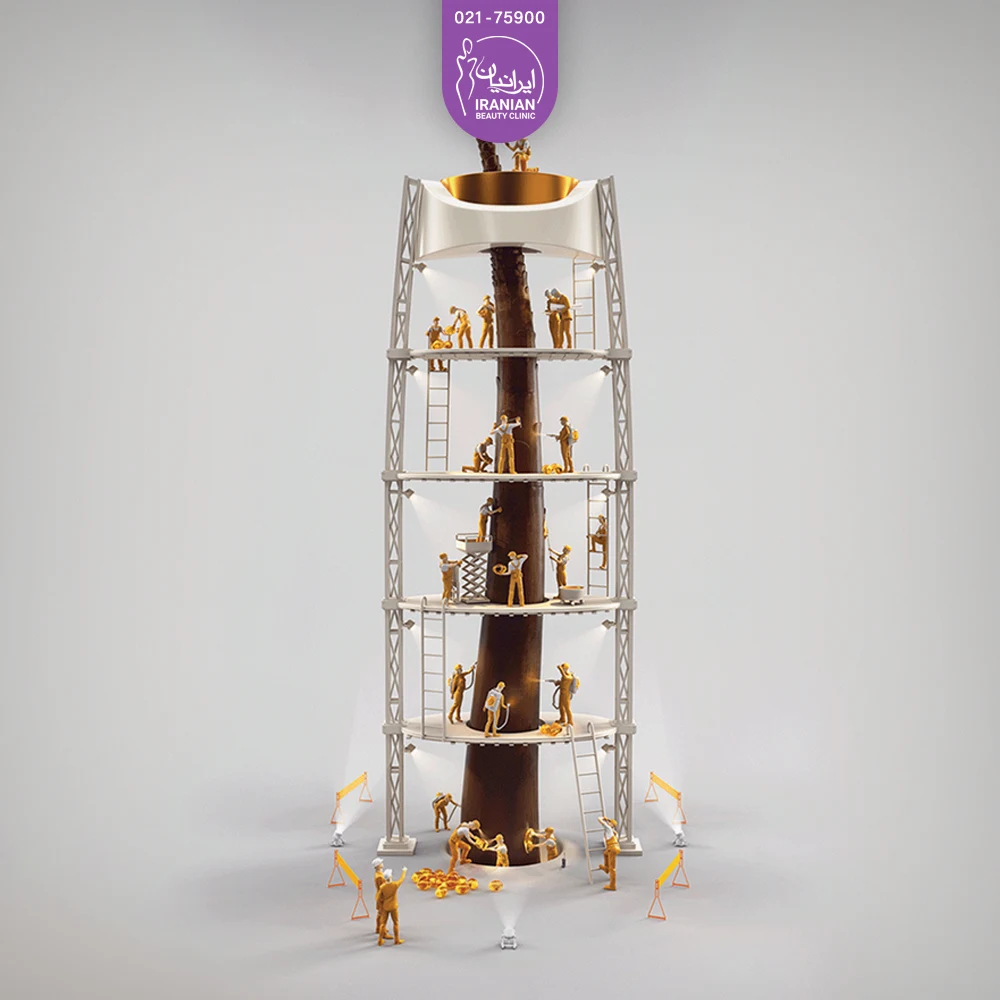






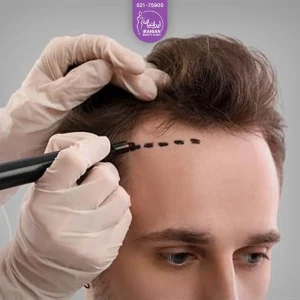
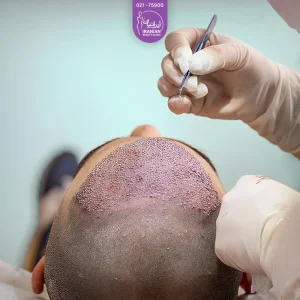
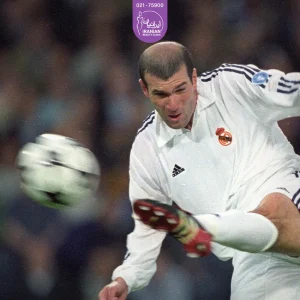
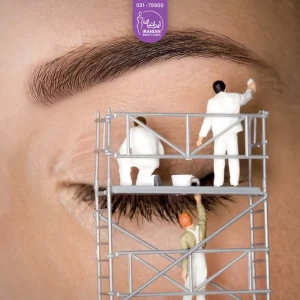

 Quanta Creative Agency
Quanta Creative Agency 